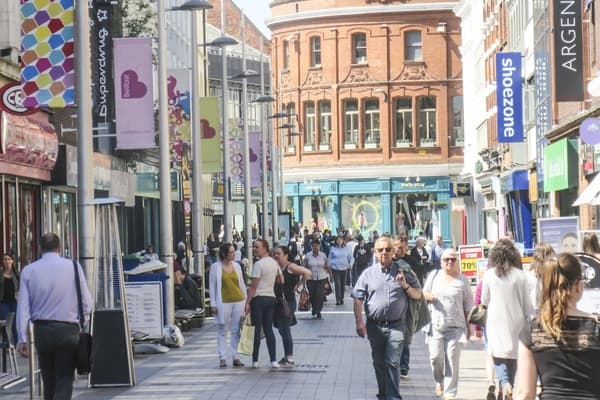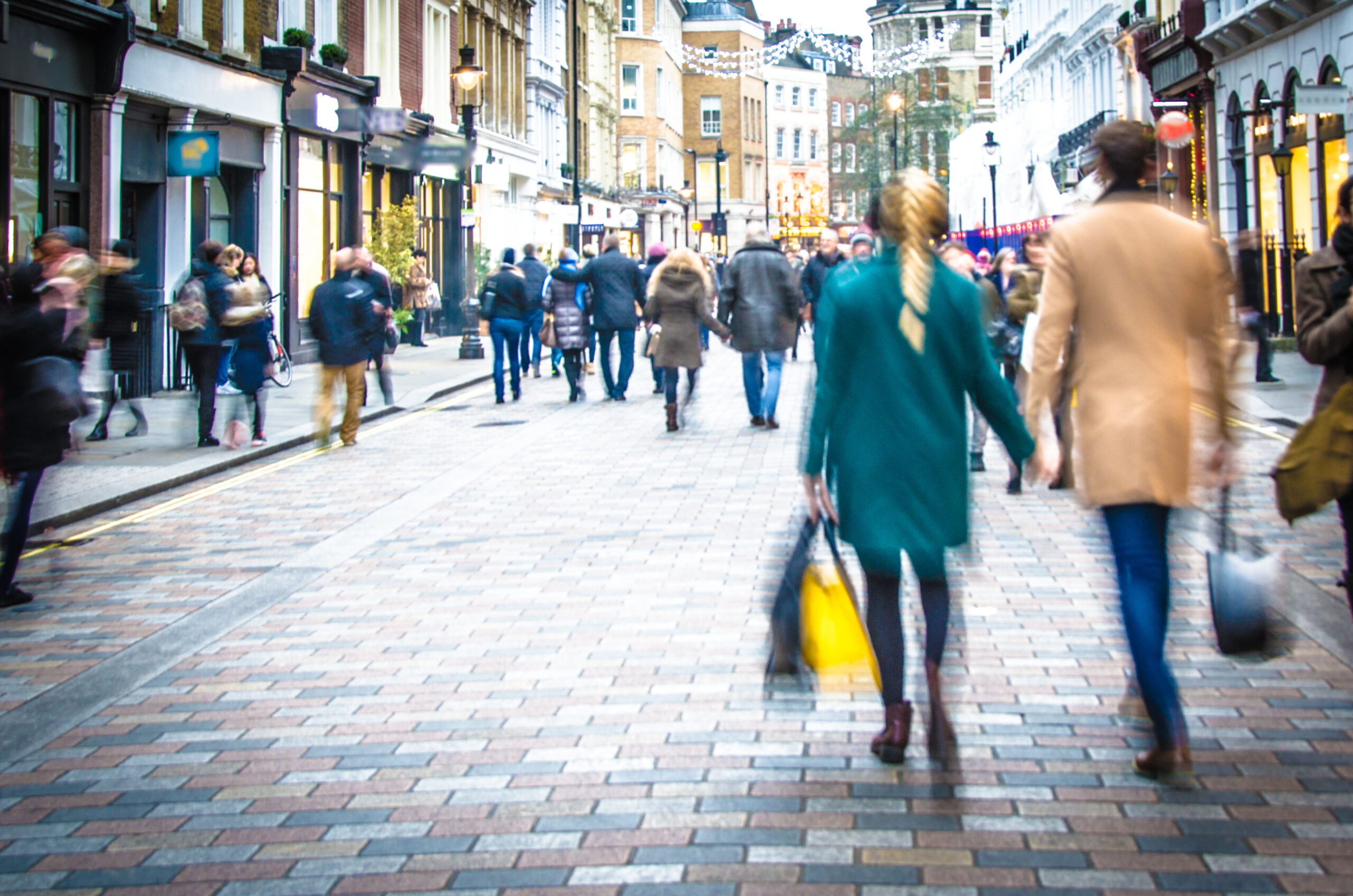Shoppers appear to be regaining their appetite to shop in store once more, with new figures suggesting both that more people are going into UK stores, and that the number of stores lying empty has fallen.
Rising footfall
Shoppers returned in-store over the bank holiday weekend, with narrowing the footfall gap with pre-pandemic 2019, new footfall figures suggest. The figures follow recent news of a drop in store vacancy rates. Both appear to reflect new levels of interest in returning to shops in the wake of Covid-19.
Visits to all retail destinations were 8.3% lower over the May bank holiday than at the same time in pre-pandemic 2019, figures from business intelligence organisation Springboard suggest. That represents a significant narrowing of the gap between current and pre-pandemic shopping behaviour that has persisted since the first lockdown started in 2020. Visits rose to high streets where footfall was 8.5% down over the weekend, and 5% below on Monday alone. At retail parks, footfall was 2.6% below 2019 over the three days, and 1.2% higher than 2019 in retail parks on Sunday alone.
Compared to a year earlier, footfall was 22.5% higher in the three days of the holiday than a year earlier across all retail location types, and more than a third (+36.8%) higher on high streets over the weekend, and 52.1% higher on Monday alone.
Footfall in the week to Saturday April 30 was 3.1% higher than the previous week, and higher on the Saturday (+9.5%) and Sunday (+11.3%) alone. On Monday, visits to retail parks were 12% up on the previous Monday.
Store vacancy rates fall
The figures follow hard on the heels of the latest BRC-LDC Vacancy Monitor, for the first quarter of 2022, showed shop vacancy rates falling by 0.3 percentage points (pp) to 14.1% in only the second quarter of falling vacancy rates since the first quarter of 2018. Shopping centre vacancies fell to 19% from 19.1% in the fourth quarter of the year, while empty shops were also declining on the high street (-0.3 pp to 14.1%) and at retail parks (-0.7pp to 10.6%).
Helen Dickinson, chief executive of the British Retail Consortium, says the first quarter of this year saw a large quarterly improvement in shop vacancy rates. “The economy had fully reopened, with more city workers back in the office, and more tourists out on the streets,” she says. “This allowed some businesses to grow and invest in repurposing and reopening empty units, especially in retail parks and high streets. Despite this improvement, the overall proportion of empty storefronts remains well above its pre-pandemic levels, especially in the north of England. While many northern regions saw the biggest quarterly improvement, they still have the highest vacancy rates in the country as they were hit harder by the pandemic and have a lower average level of disposable income.
“Much has changed with the cost of living rising and the conflict in Ukraine damaging consumer confidence. It remains to be seen how the increasing costs and the war in Ukraine will impact on businesses and the vacancy rate in the future. While people’s shopping habits have changed, the need for vibrant communities at the centre of our towns and cities has not. Government should look to reform business rates so that businesses can invest in these areas that need it the most.”









